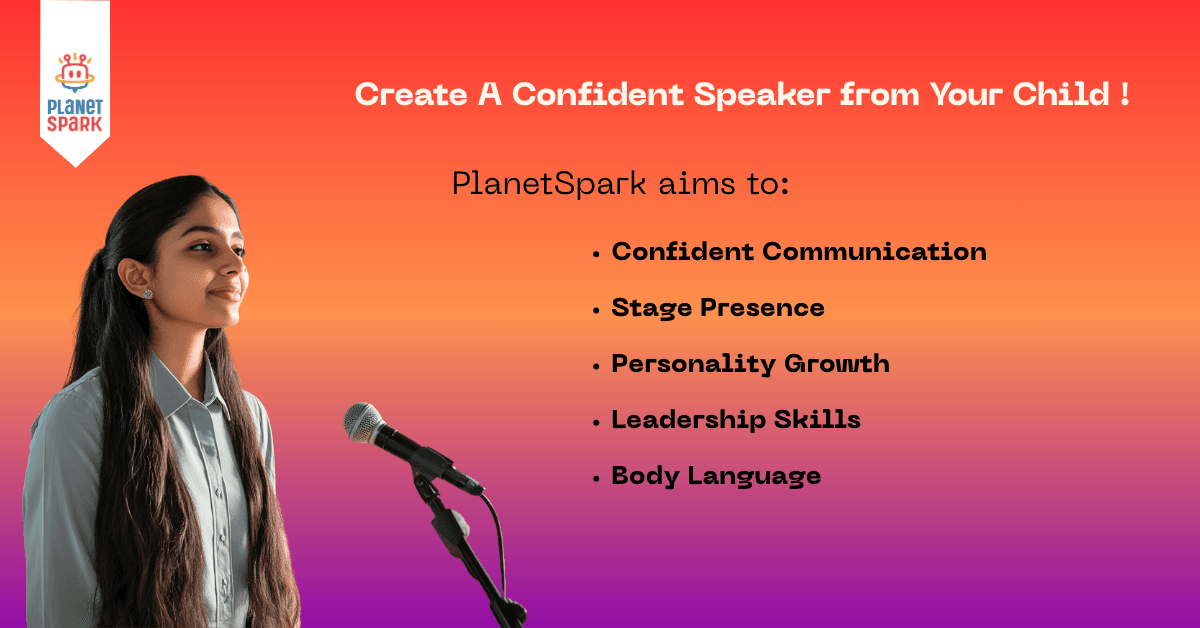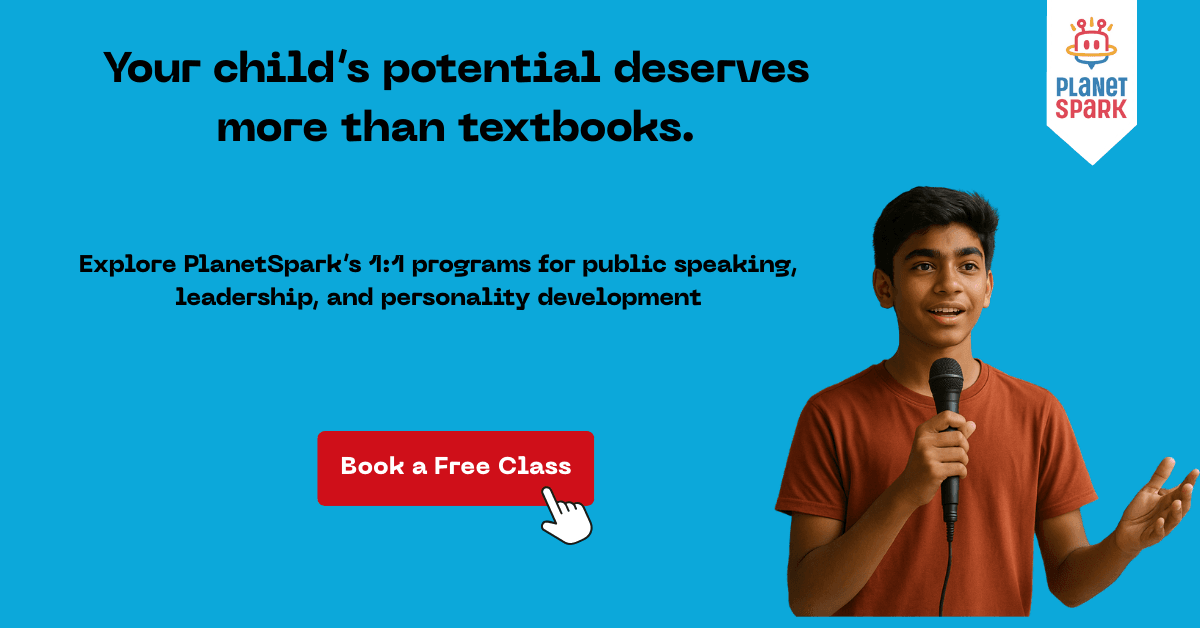Easy Topics for Presentations: Guide for Students & Professionals

Table of Contents
- Easy Presentation Topics for Students
- Easy Presentation Topics for College Students
- Easy Presentation Topics for Professionals
- Tips to Make Your Presentation Easy and Engaging
- Why Choosing the Right Presentation Topic Matters
- Fun and Unique Easy Presentation Topics
- Structuring Your Presentation for Maximum Impact
- Conclusion
- 7 FAQs About Easy Presentation Topics
Giving a presentation can feel intimidating, whether you’re a student, college-goer, or a working professional. One of the most common hurdles is choosing the right topic. Picking something too complex or uninteresting can make your presentation stressful and less effective. But don’t worry! This guide will help you discover easy yet engaging topics for presentations that can impress your audience while keeping your stress levels low.
Easy Presentation Topics for Students
Students often have to give presentations in school or college. Here’s a list of simple yet interesting topics suitable for them:
1. My Favorite Hobby
Talking about your hobby is personal, engaging, and easy to explain. You can use images, props, or short demonstrations.
2. The Importance of Reading
Discuss how reading books or articles benefits knowledge, imagination, and personal growth.
3. My Role Model
Share insights about a person you admire, their achievements, and lessons you’ve learned from them.
4. Healthy Eating Habits
Explain the importance of nutrition, benefits of fruits and vegetables, and tips for maintaining a balanced diet.
5. Environmental Awareness
Topics like “Save Water,” “Plant More Trees,” or “Reduce Plastic Use” are relevant and easy to discuss.
6. The Internet: Pros and Cons
A simple topic that allows discussion on digital advantages and challenges in everyday life.
7. Importance of Exercise
Discuss how daily physical activity keeps the mind and body healthy.

Easy Presentation Topics for College Students
College presentations may require slightly more depth but can still be easy to deliver. Some ideas include:
Time Management Skills
Social Media and Its Impact
Stress Management Techniques
Benefits of Learning a Second Language
College Life Experiences
Innovations in Technology
Career Options After Graduation
Easy Presentation Topics for Professionals
Workplace presentations don’t have to be overly complicated. Easy topics for professionals include:
Effective Communication at Work
Time Management and Productivity Hacks
Work-Life Balance
Leadership Skills and Teamwork
Emerging Trends in Your Industry
Importance of Networking
How to Handle Workplace Stress
These topics are relatable, require minimal technical knowledge, and allow you to showcase your ideas clearly.
Struggling with confidence for college presentations? Enroll in PlanetSpark’s Public Speaking Course and learn practical tips, speech techniques, and how to engage your audience effortlessly.
Start with a free book trial
Tips to Make Your Presentation Easy and Engaging
Even with a simple topic, how you present matters. Follow these tips:
1. Know Your Audience
Understanding your audience is the first and most important step in delivering an effective presentation. Ask yourself: Who will be listening? What do they already know about the topic? What interests them? Tailoring your content to their knowledge level ensures that you don’t bore them with basic information or overwhelm them with advanced concepts. For instance, if you’re presenting “Healthy Eating Habits” to school students, use simple examples like fruits and snacks, whereas for a college seminar, you can include nutrition science and research studies. Knowing your audience also helps you select the right tone, examples, and style of delivery, making your presentation more relatable and impactful.
2. Keep It Simple
Simplicity is key to clarity. Avoid jargon, complex words, or overly detailed explanations that can confuse your audience. Break your content into small, digestible points, ideally 3–5 main ideas per slide or section. Use short sentences and clear language. For example, instead of saying, “Regular consumption of macronutrients facilitates optimal physiological functioning”, you can say, “Eating the right balance of proteins, carbs, and fats keeps your body healthy.” Keeping it simple doesn’t mean being superficial—it’s about making your content easy to understand, remember, and act upon.
3. Use Visual Aids
Visual aids like slides, charts, graphs, or props can make your presentation more engaging and help explain complex ideas quickly. Humans process visuals faster than text, so supporting your points with images, infographics, or short videos makes your presentation more effective. For instance, when explaining “Global Warming,” showing a graph of temperature rise over years can make a stronger impression than words alone. Props, such as models or physical examples, also make the session interactive and memorable. Remember: visual aids should complement your speech, not overwhelm it keep them clear and uncluttered.
4. Practice
Practice is the secret to confidence. Rehearsing your presentation multiple times helps you memorize key points, manage time, and reduce nervousness. You can practice in front of a mirror, record yourself, or present to friends or family for feedback. Practicing also allows you to identify areas where you stumble, giving you time to improve before the actual presentation. Over time, practice improves voice modulation, pacing, and gestures, helping you deliver a smooth, professional presentation without relying on reading slides word-for-word.
5. Tell a Story
Storytelling transforms even the simplest presentation into something memorable and relatable. Humans connect with stories on an emotional level, making your message more impactful. Use personal experiences, anecdotes, or real-life examples to illustrate your points. For example, while presenting on “Time Management,” you could share a personal story about how prioritizing tasks helped you meet deadlines efficiently. Stories make your audience visualize your points, engage them emotionally, and make the presentation feel more natural rather than mechanical.
Why Choosing the Right Presentation Topic Matters
The topic sets the tone for your entire presentation. A well-chosen topic:
Captures your audience’s attention.
Makes research and preparation easier.
Boosts your confidence when delivering the presentation.
Choosing an easy topic doesn’t mean your presentation is boring. It simply ensures you can speak confidently, structure your ideas clearly, and connect with your audience.
Nervous about Q&A sessions or unsure how to structure presentations? PlanetSpark’s Public Speaking Course gives you practical exercises to handle questions confidently and structure your speech like a pro.
Start today with free trial class!
Fun and Unique Easy Presentation Topics
If you want something light-hearted and engaging:
The Science of Happiness
Top 5 Movies That Inspire Me
How Music Affects Mood
Interesting Facts About Space
Life Lessons from Childhood
Technology Gadgets I Can’t Live Without
Famous Inventions That Changed the World
These topics are not only easy to research but also keep your audience intrigued.
Structuring Your Presentation for Maximum Impact
An easy topic is just one part of the puzzle. Structuring it effectively ensures a smooth flow:
Introduction: Start with a hook, a quote, or a question.
Main Content: Organize points logically. Use bullet points, examples, and visuals.
Conclusion: Summarize key points and provide a take-home message.
Q&A: Encourage questions to engage your audience.

Conclusion
Choosing an easy topic for your presentation doesn’t mean taking shortcuts it’s about maximizing confidence, clarity, and audience engagement. Whether you’re presenting in school, college, or the workplace, the right topic combined with preparation, practice, and presentation skills can make all the difference.
7 FAQs About Easy Presentation Topics
Q1: What makes a presentation topic easy?
A topic is easy if it’s familiar to you, relatable to your audience, and doesn’t require extensive research.
Q2: Can easy topics still impress the audience?
Absolutely! A well-delivered simple topic with engaging examples can leave a lasting impact.
Q3: How long should my presentation be?
For students, 5–10 minutes is ideal; for professionals, 10–15 minutes is typical. Focus on quality, not length.
Q4: How can I overcome fear of presenting?
Practice, deep breathing, and knowing your content thoroughly help reduce anxiety significantly.
Q5: Are visual aids necessary for easy topics?
While not mandatory, slides, images, or props make your presentation more engaging and easier to follow.
Q6: Can storytelling help in presentations?
Yes! Storytelling creates a connection with your audience, making even simple topics memorable and relatable.
Q7: How do I choose the right topic for my audience?
Consider your audience’s age, interests, and knowledge. Pick a topic that resonates with them while allowing you to speak confidently.
Download Free Worksheets
Personalized Communication Report
Record a video to get a AI generated personalized communication report for your child

Hi There, want to try these
tips for your child with
LIVE with our expert coach?
Let's check your child's
English fluency

